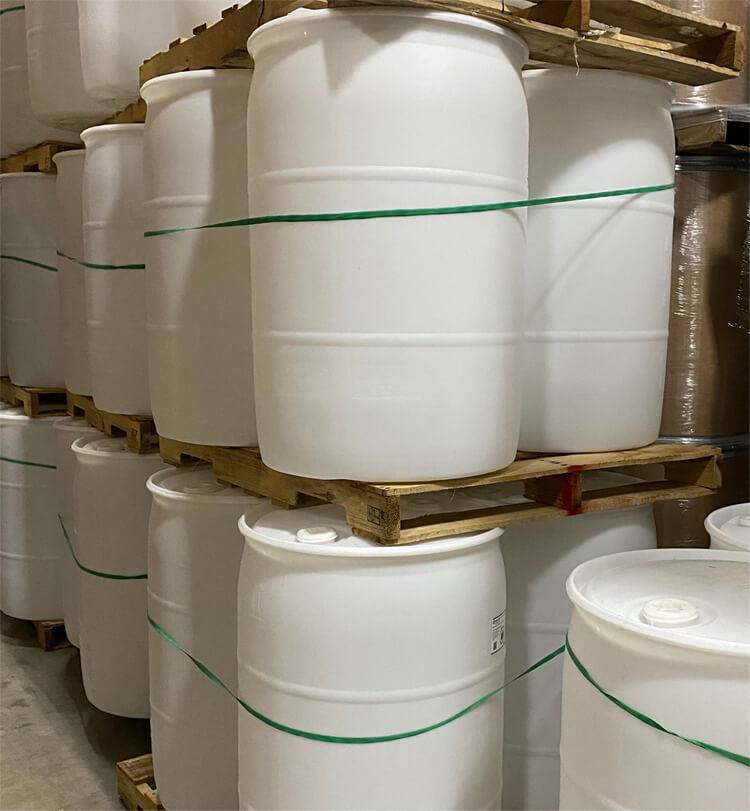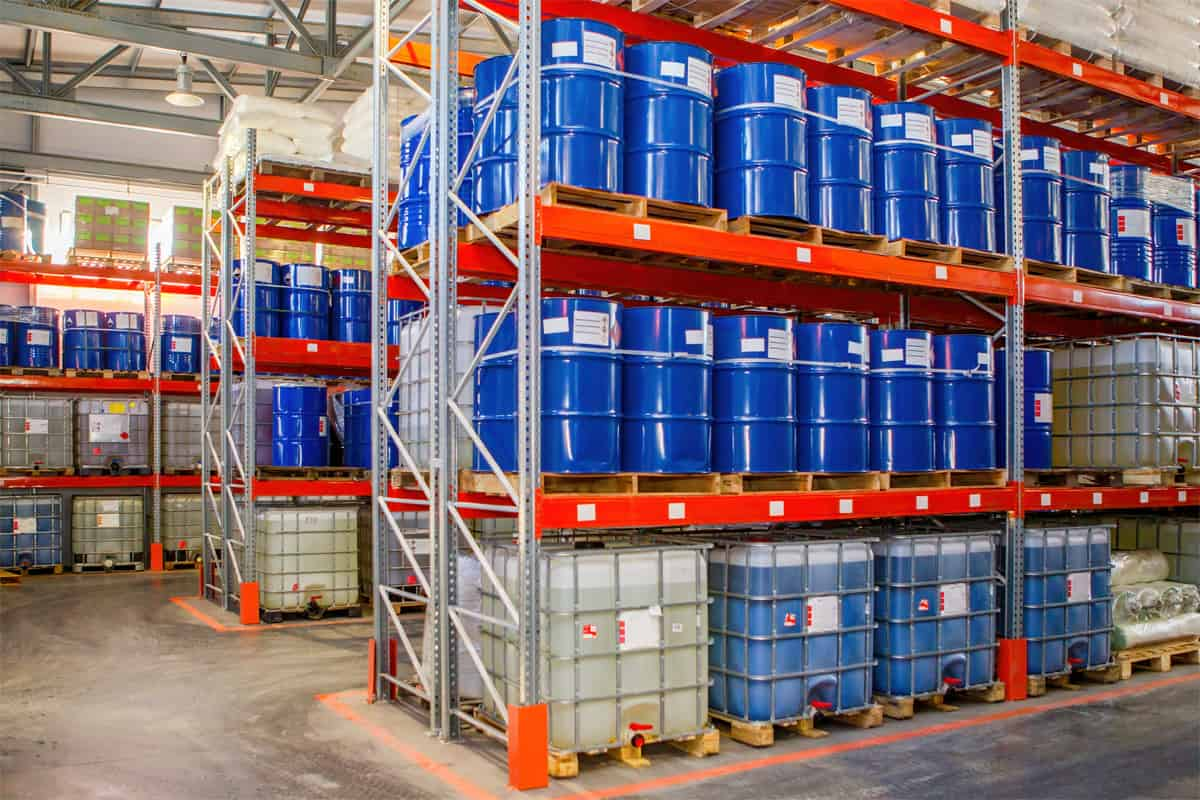
What Are UN Packaging Codes?
Photo by Jihan Colletta
When you think of the United Nations (UN), you probably think of summits, sanctions and big meetings regulating what goes on in the world. But did you know the UN also provides standards for the transportation of hazardous materials and dangerous goods?
The UN has created a worldwide system of labeling called UN packaging codes. These multi-part codes can be tricky to decipher at first, but reading them comes easier when you can understand and break down each individual section.
What are UN packaging codes?
UN packaging codes are strings of letters and numbers located on hazardous materials packaging that provide information on several key aspects of the chemicals inside. Their purpose is twofold:
- They ensure that the people involved in shipping the materials are following regulations.
- They enable easy packaging code lookup and tracking.
When it comes to UN packaging ratings, compliance is huge. Ignoring packaging standards or the UN rating process comes with astronomical fines for the offending company. This is why, for accuracy, every hazardous material must go through mandatory package requirements testing through a third party company.
How do UN packaging code tests work?
Producers of hazardous materials must send a sample of the packaging and the chemical inside. Both are then put through a series of standardized tests. There are several different tests depending on the chemical and package design, but the following are standard:
Drop Test
- Procedure: This test involves dropping the packaging from a particular height. The goal is to determine if the packaging will stand up to these drops.
- Packaging type: Generally all packaging types go through this test, but some types of packaging will need to be dropped on their bottom, side and top to get test results.
Leakproofness test
- Procedure: Package is placed under pressure via compressed gases to check for leaks under stress, usually from package edges or caps.
- Packaging type: All packaging design types intended to hold liquids.
Hydrostatic test
- Procedure: This test is similar to leakproofness, but involves applying pressure with water instead of gasses to check for leaks.
- Packaging type: All metal, plastic and composite design types that are going to contain liquids.
Stacking test
- Procedure: This is a different kind of pressure test! When chemicals are loaded into palettes, each palette can be extremely heavy, running up to 2,000 pounds. Think about the household chemicals stacked on pallets at bulk retail stores where the bottom layer is being crushed by the weight of the product above it. A stacking test involves placing the estimated weight that will be stacked on the product during shipping on top of the packaging for 24 hours to ensure it does not burst, leak or get crushed.
- Packaging type: This test is performed on all packaging design types other than bags.
Cooperage test
- Procedure: Removing all hoopes above the bilge (or the bulged middle) of a barrel that is at least two days old. The packaging passes the test if the diameter of the barrel does not increase by more than 10% after 24 hours.
- Packaging type: This test is only performed on all bung-type wooden barrels.
Vibration test
- Procedure: This test is exactly what it sounds like: shaking the packaging to ensure that vibration will not cause any reactions.
- Packaging type: This test is important and is performed on all packaging design types.
Pressure differential test
- Procedure: The pressure differential test subjects the packaging to different levels of pressure within a period of time to test packaging strength.
- Packaging type: This test is performed on packaging intended for air transportation. That pressure that causes your ears to pop when a plane reaches high altitude is the same pressure that can cause packages to burst.
After testing, you will receive a certification of test results to use to create your UN packaging code. You should always keep this certification on hand in the event there is an issue with your packaging.
How to read UN packaging codes
There are nine potential sections to each UN packaging code. Here is a breakdown of each section and what the symbols within that section of the code are meant to indicate.
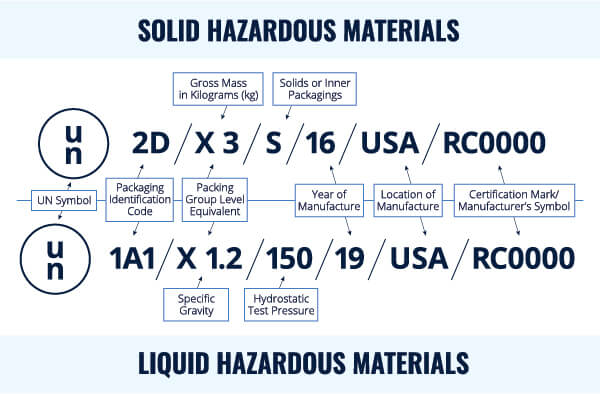
UN Symbol
This symbol indicates that the packaging has gone through the appropriate tests outlined above and passed each one. It can be listed as an uppercase UN or a U vertically over an N. Either way, the UN is enclosed in a circle.
Packaging identification code
This one can get tricky! Start by using this guide to break down the letters and numbers you see.
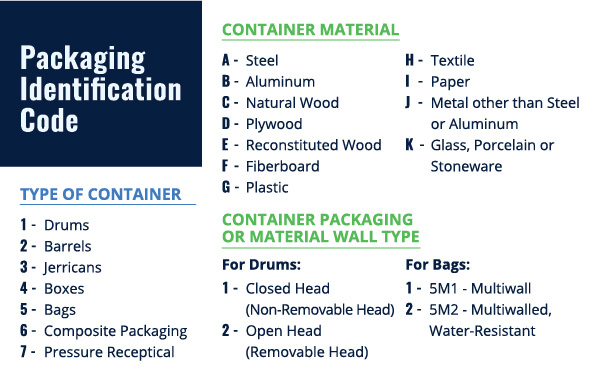
You may see any one of three different letter-number combinations to indicate the packaging identification code:
- There may be a number and a letter standing for a type of packaging and material. For example 4D means a plywood crate or box and 2D means the packaging is a plywood wooden barrel.
- There may be a three-part combination of letters and numbers that stand for the packaging type, material and a more specific subcategory of packaging. For example, 1A1 means a non-removable head steel drum.
- Finally, there may be a combination of two numbers and two letters in order of number-letter-letter-number. The first number here will always be a 6, meaning the packaging is composite. The two letters stand for the inner and outer package materials and the second number stands for the type of packaging (not the subcategory, as with the non-removable steel drum). For example, 6HA1 is a composite package with plastic inside and steel outside of a drum.
This section can get complicated. It takes time, practice and a dash of memorization to be able to decipher. Flashcards always help!
Packaging group level equivalent
Another tricky one! But this one starts off easy to remember. This section will have one of the letters X, Y or Z. These letters indicate varying degrees of danger for the hazardous chemical within the packaging.
- X stands for packaging Group I, the highest level of danger
- Y stands for packaging Group II, a medium level of danger
- Z stands for packaging Group III, the lowest level of danger
Here’s a bit of twist: Packaging that has been tested and approved for higher degrees of danger can also house materials with a lower degree of danger. So a package that can hold extremely hazardous explosives can also hold mild household bleach, but a package that has only been tested for the household bleach is not able to hold the hazardous explosives. Make sense?
Think of it this way:
- X can contain packing groups I, II and III
- Y can contain packaging groups II and III
- Z can contain only packaging group III
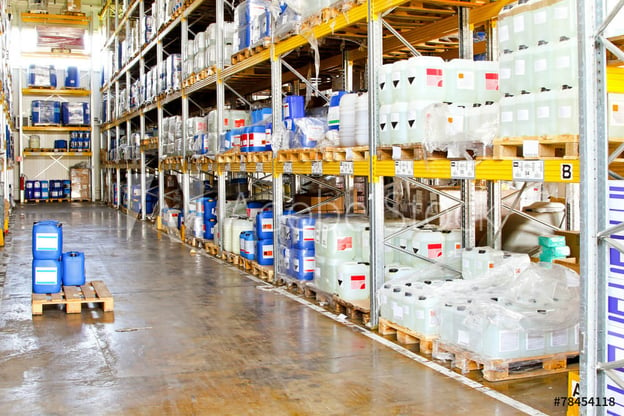
Gross mass or specific gravity
This is a measurement of the maximum weight of the package once the chemical is safely inside of it. The measurement you use depends on the type of chemical within the package.
Solids like powders, pills, capsules and tablets are measured in gross mass, which is written in kilogram units. This number indicates the maximum gross mass of a composite or single package plus its contents.
Liquids are measured in specific gravity. On liquid packaging, this number will indicate the maximum specific gravity allowable for that packaging.
Hydrostatic pressure test (for liquids) or S (for solids)
The next part of the code depends on the nature of the material in the package as well as the package itself. Solid materials and packages that have an inner receptacle will simply need to put a capital “S” here.
Liquid materials will need to indicate the results of their hydrostatic pressure testing in this space. This is measured in kilo-Pascals (kPa) rounded down to the nearest 10. It shows how much pressure the liquid’s packaging was able to withstand before breaking during testing.
Year of manufacture
Now we get to the easy part! The next number is the last two digits of the material’s year of manufacture. For example, 18 means it was made in 2018.
Location of manufacture
This is the code of the country where the material was produced. For example, USA indicates the United States of America and CAN means Canada.
Certification mark/manufacturer’s symbol
Finally, the certification mark. This identifies the entity certifying that the packaging has met all the required testing mentioned above (probably you!). This can be shown in several different forms:
- Name and address of the certifying entity
- Symbol of the manufacturer
- Code of the third-party testing agency that performed your successful tests
Note that any symbols or codes used must be registered with the Pipeline and Hazardous Materials Safety Administration (PHMSA) in order to be valid.
We hope this guide serves as a resource to anyone interested in obtaining their own UN packaging code or simply being able to read UN packaging codes alongside the professionals. These codes are critical to the safety of all parties involved in producing, shipping and using hazardous materials.
Still a little unsure on UN packaging codes? Interpreting them and creating your own can be tricky! Let Royal Chemical double check your work. Contact us here.
Talk to an Expert
Streamline Your Chemical Manufacturing Process
Royal Chemical’s expertise in blending, packaging and shipping can save you time, reduce costs and deliver consistent results.













.jpg)
